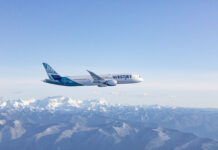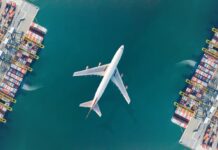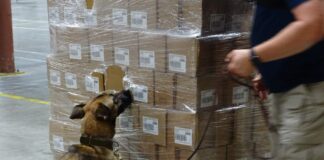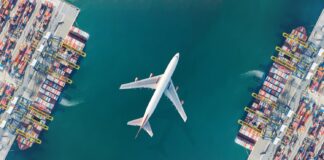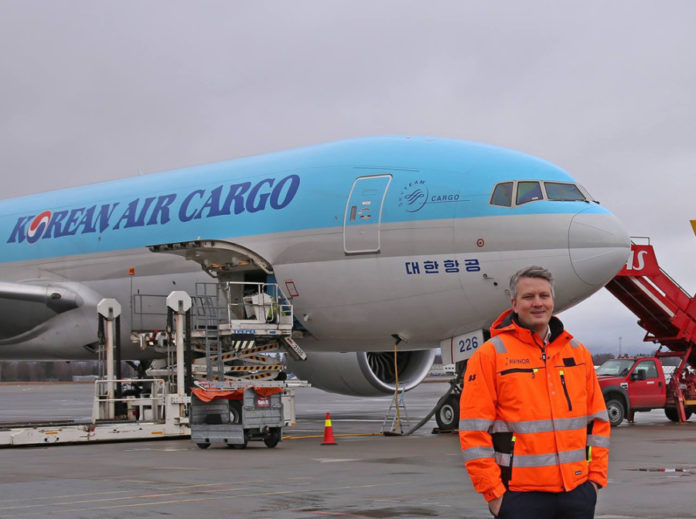

Airfreight volumes at Oslo Airport have grown 32 per cent in the first half of 2017, and director of cargo at airport operator Avinor, Martin Langaas says there is much to be positive about.
Oslo has welcomed new freighter services from Emirates SkyCargo, AirBridgeCargo Airlines, Cargolux Airlines International, Turkish Cargo, CAL, DHL and Atlas Air, with a major focus on transporting seafood exports.
Avinor is predicting that Oslo Airport will handle 90,000 tonnes of seafood in 2017, which would be an increase of 50 per cent compared to 2016.
Langaas says: “It has been a very good year. We have gone from two freighter airlines to nine, and eight departures to 18. This year has seen growth of 32 per cent. We are one of the largest airfreight markets in Europe for seafood with more than 600 tonnes a day going out of Norway in air cargo.”
Langaas is expecting more airlines this year and better relations with China will also help.
In 2010 China and Norway cut off bilateral relations due to the Norwegian Nobel Committee awarding the Nobel Peace Prize to human rights activist, Liu Xiaobo, who was in prison for “inciting subversion of state power”.
Salmon exports to plummeted to the point that the Faroe Islands were exporting more to China than Norway.
Sino-Norwegian relations were resumed in December 2016 and the two nations held their ninth round of negotiations for a Free Trade Agreement from 21-23 August 2017.
Oslo is looking at expanding facilities to keep up with demand, with construction of a large seafood centre due to commence in 2019 and be completed in 2020, a new area for integrators and more parking for freighter aircraft.
The airport also has attractive incentives for freighters including a 100 per cent discount of landing fees in the first year, with the discount reducing each year.
Langaas says Norway represents about half of the air cargo in the Nordic markets, and Norwegian seafood is very important to neighbouring countries.
Langaas hopes it does not sound too cocky to say: “They depend on us and we don’t depend on them.”
Norway is a very wealthy country; according to International Monetary Fund figures for 2016, Norway had the sixth highest GDP per capita at purchasing power parity rates in the world at $69,249. By comparison Sweden is 15th at $49,836 and Denmark is 21st at $47,985.
Though there is much to be positive about, there are still challenges. Norway is a single commodity export market, mainly consisting of seafood.
Langaas comments: “On the new freighters in and out of Scandinavia almost half the freight is seafood, that puts pressure on rates and trying to get the right combination.”
There is also an imbalance of 80 per cent exports and 20 per cent imports so trying to get an even balance is very hard.
Only about 30 per cent of air cargo seafood exports goes by air from Oslo, with the rest travelling by road to other airports in Nordic countries and further afield, so this is also a market for freighters to take advantage of.
Langaas says: “Over 60 per cent is still not flown from Norway, there is huge potential for intercontinental passenger services.”
Langaas believes the outlook is very good for air cargo in Norway. He says: “The Norwegian government believes the market will double to 1,200 tonnes of seafood a day out of Norway by 2024 and 500 per cent growth is expected in the next 30 years. Airfreight will have significant growth in the years to come.”




